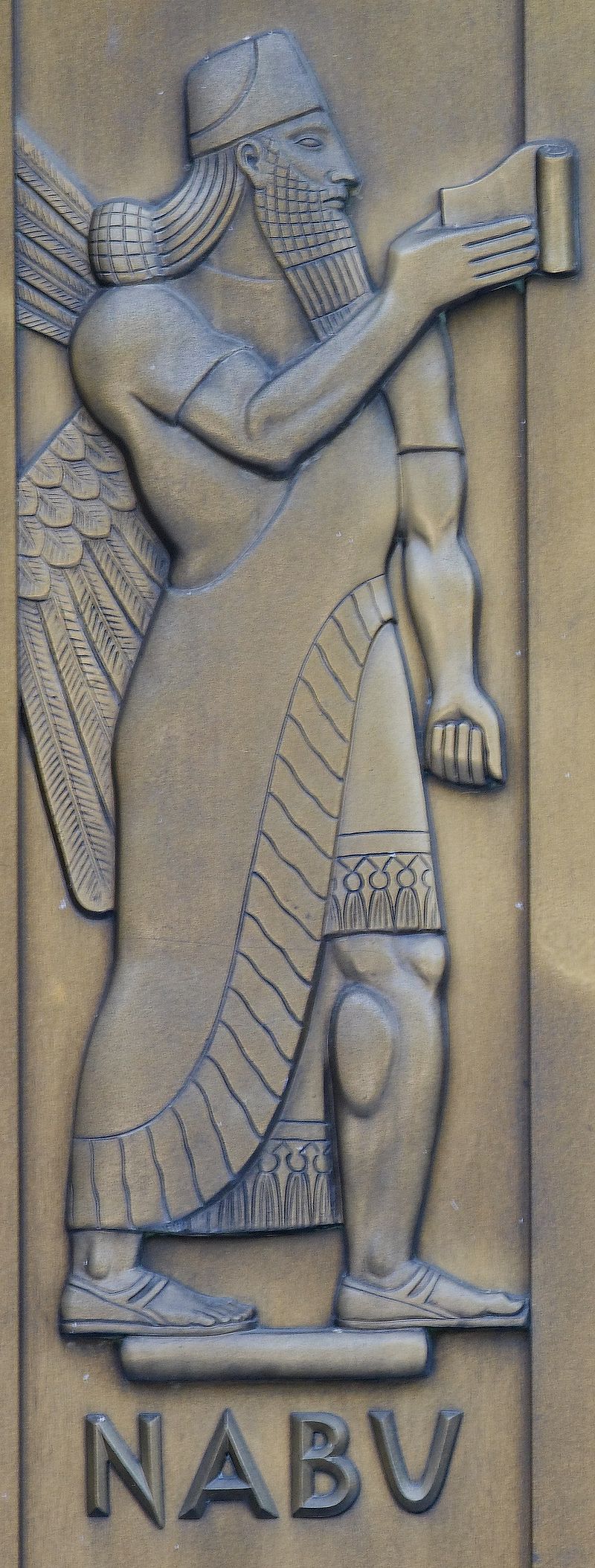Biliteral roots are not computer code an etymologist needs to master before writing programs. In most used words, they are the first element an etymologist can see. Usually constructed of one biliteral root and a third extension letter, triliterals cannot hide their roots. In most cases they combine the biliteral root and a single letter placed either before or after the root. Ancient Arabic makes extensive use of triliterals and most are found in several extant lexicons including Lisan al-Arab, the 13th century AD most comprehensive Arabic dictionary.
About 2,000 entries in Lisan al-Arab are compounds the majority of which are made of two identical or two different biliterals. In languages such as Greek, Latin, German and English and others, hundreds of compounds are made of two biliterals. A large number of words perceived to be four-letters words are in fact compounds. A complex compound can consist of five or more biliteral roots such as establishment and etymological.
Many compounds in several extant languages consist of biliterals constructed of two consonants which make them easier to identify. Other biliterals consist of a consonant and a vowel. The original vowels is called hamza, a kicker that can be changed by speakers to most known vowels and therefore essential in generating words simply by changing the hamza to a suitable vowel.
In certain cases, identifying the original vowel of a biliteral may require additional etymology research to determine the category of the relevant biliteral and its semantic domain. If specified correctly, an etymologist can use both tools, categories and semantic domains, to identify biliteral origins of the studied language.
CATEGORIES

The plate above is by the artist Lee Lawrie (1877–1963). Photographed in 2007 by Carol Highsmith (1946–), Public Domain, https://commons.wikimedia.org/w/index.php?curid=4093891
Nabu was worshipped by the Babylonians and the Assyrians. He was known as Nisaba in the Sumerian pantheon and gained prominence among the Babylonians in the 1st millennium BC when he was identified as the son of the god Marduk (Wikipedia).
There may be some truth to the above statement because Nisaba is a well known Arabic term “belong to, related to.” It is from the biliteral root *NS the category of which is women, pregnancy, the young, etc. *NS is the origin of several English words including nascent and renaissance.
However, the English ‘n’ capitalisation of Nabu turns it into a proper noun but this is not the case in Akkadian or Ancient Arabic both of which have no similar capital letters. The name, therefore, means no more than “prophet”. Jesus, Mohammad, Moses, etc., are all anbiā’, plural of nabi (نبي) “prophet”. Applied biliteral Etymology (ABE) would alter the etymologist that nabi/Nabu shares its biliteral root (*NB) with what may look an unusual English word such as nibble. If the etymology surprising mix of niece is correct, Latin neptia may derive from *NB.
The question is: What relation there could be between a prophet and a nibble?
Further investigation will reveal a second English word, nip, and it may be useful to recall the example “nip something in the bud,” i.e., suppress or destroy something at an early stage. A third is noble, nobility, nobleman, etc., the exact form and meaning of which are in Arabic nuble (نبل), n., and nabeel (نبيل), adj., 3rd per. single. masc.
In most cases a biliteral root was assigned by the speakers of the time, mostly Stone Age, to describe a state, a situation or a thing. The state, situation or thing is the category. The category of the biliteral root *NB becomes clear in the triliteral extension nabt (*NB + t) “plant, a horizontally growing plant.” In figurative use it was applied to several things that stand and standout. A standing plant in a garden or a filed is “prominent” in its surrounding and can attract immediate attention.
Having identified the category of *NB it may become clear that nip is a ‘p’ substitution of ‘b’. A nabu or nabi “prophet” is an individual who stands out or becomes distinguished. The same applies to noble and nobleman. Likewise, a nipple is named so because it is a protrusion that stands out on the breast.
If this sounds simplistic then simplistic it is. What else can an etymologist expect of the speakers of the Stone Age? It is therefore imperative that an etymologist should try to think of simple interpretations for complex words we use today because our Stone Age ancestors created words suitable for their time and speakers not ours.
Keeping an open mind is a virtue because ancient speech can surprise the etymologist. The problem for the linguists of the Stone Age was finding unique sounds for their letters. The case was not of two or more linguists discussing what biliteral root they should invent next but to respond to urgent need to communicate matters that can be those of life and death for them and their community.
The problem of finding unique sounds is as urgent today as it was in the past. To expand the language of a very limited stock of biliterals linguists had to innovate in such clever ways to avoid confusion. Kill and kull have the same biliteral root, *KL. The toponym Kilimanjaro may look to begin with *KL but it doesn’t because its semantic domain is different. ABE is allowed to change its mind and reconsider because at first look the toponym is a six-biliteral complex compound created and re-formed over many thousands of years by successive speakers who were different from the original builders of the original name to the famous mountain.
ki-li-ma-(i)n-ja-ro = *G’-*L’-*M’-*’N-*G’-*R’: God-land-water (ice)-in-God-see (oversee, look after, protect)
In certain words that appear to be based on the biliteral root *NB the etymology or form of writing suggested may obscure its origin. These words include kob, neben and Nebraska. In such cases the semantic domain is invoked to help clear the ambiguity.
SEMANTIC DOMAINS
Categories have the limited semantic domain decided by the speakers of a given language and many are subject to expansion by successive generations of speakers. In certain cases words can have phonetic values similar to *NB and its extensions but a letter or more may create doubt about its meanings. Examples include knob, knobby, nub, knub, etc. Other words that maybe useful to investigate include the toponym Nebraska.
Now, what is offered ny etymology dictionaries is not etymology but bride-sourcing, selections of similar words in other languages and suggested different pronunciation or structures. Applied Biliteral Etymology tested hundreds of words claimed to derive from PIE and decided it is not safe to use. If the question is persistent, the semantic domains of relevant words can be consulted to determine their roots.
What should be looked for are meanings that include, plants, standalones, upright, standing, noted, distinguished protrusions, etc. In a word like knob (n.) meanings such as “button” and “short horn” can be investigated further. The same applies to the meaning “isolated round hill”. nob (n.) “head” is another good candidate and so in nub (n.) are the meanings “point, gist”. nub (n.) is interesting for the meanings: “lump,” and “bump.” The Arabic word for lump and bump, usually in the head, is nubbaira (نبيرة), from the root *NB because it is a visible growth.
Nebraska follows the pattern found in hundreds of toponyms in many parts of the world but the two identifiable biliteral roots are ne– and –ka. Ne is the biliteral root *N’, the origin of Ancient Arabic naw (نو، نوء) “rain, rain water,” etc. It is also the origin of English navy, naval, nautical, etc.
U.S. territory organized 1854, admitted as a state 1867, from a native Siouan name for the Platte River, either Omaha ni braska or Oto ni brathge, both literally “water flat.” The modern river name is from French rivière platte, which means “flat river.” According to Wikipedia in the Omaha language Nebraska is Nibthaska; ni, water, and bthaska, flat. -ka is always used to mean the opposite, i.e. “high,” or “supreme,” because it is a variant of the ancient name of God and it is similar to ki- in Kilimingaro.
Understanding biliteral categories and semantic domains is essential in identifying Stone Age roots and subsequent extensions and more examples will be given throughout this website.
Our next topic is Primary and Secondary Stone Age biliteral roots.
Last modified: May 31, 2023



